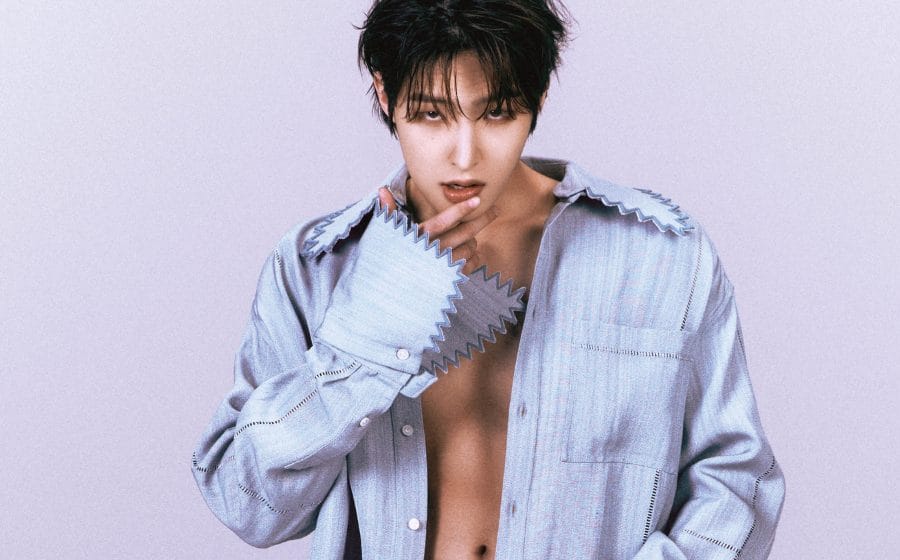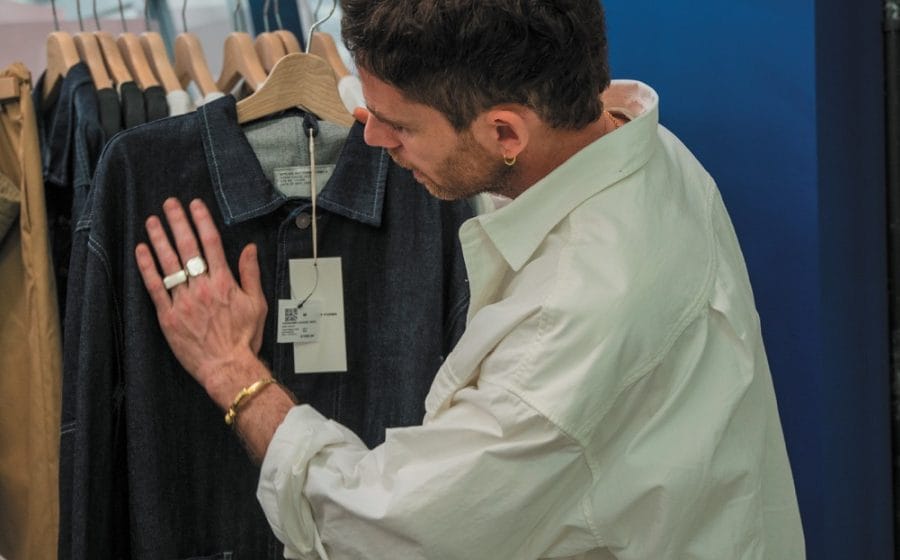Morphing from his lumpy sweaters and shaggy shoulder-length hair of his grunge days to toned, tanned and tattooed, Marc Jacobs’s personal transformative journey mirrors that of Louis Vuitton’s creative reinvention. When he took on the reigns as creative director in 1997, Louis Vuitton was not the trend-starting French maison that it is today, but a staid handbag maker with an established heritage. Introducing ready-to-wear lines for men and women as well as accessories, footwear and fine jewellery, Marc Jacobs transfigured the business into a multi-billion dollar household name. Called the Andy Warhol of our times, his creative collaborations with the likes of fine artists, Stephen Sprouse, Takashi Murakami and Richard Prince, merged the sizzling worlds of art and fashion to define a new era of luxury. Fashion imitated art, as the chosen artists deconstructed the famed Monogram to produce ‘It’ handbags that were slung as arm trophies on women all around the world. His shows for his eponymous label in New York as well as Louis Vuitton in Paris have become the theatrical highlights of every fashion season. This year, he looks back at the 15 years at Louis Vuitton with an exhibition that opens at Les Arts Décoratifs in Paris on March 9 (running until September 16). The exhibition will see an in-depth parallel analysis of two distinct personalities in fashion history: Louis Vuitton’s time-honoured travel legacy will be presented alongside the museum’s 19th century fashion and accessories collection on the first floor. On the second floor, Marc Jacobs’s creations and artistic collaborations of the 15 years at Louis Vuitton will be retraced. For Jacobs, this would seem to be a pivotal moment in his career; He pauses to reflect on his situation on top of the luxury pile.
Were you surprised when they first approached you for Louis Vuitton?
Marc Jacobs: Of course I was surprised! I was shocked. I was surprised on lots of different levels. Firstly, I was American. Secondly, I was surprised that Louis Vuitton was even considering fashion. They had always been known for one thing, and here they were deciding that they wanted to move into all these different categories.
Do you look back on the 15 years behind you as an archive?
It is not something we think about before we start a collection, but during the creative process, we can be reminded of things we did in the past that struck a chord with lots of different types of customers. We never simply roll out a piece and redo it. Rather, we think what intrinsic quality it had that made it so appealing to so many people. The answer is often a certain sex appeal without vulgarity, so we keep that in mind as we design.
Has your vision of the Louis Vuitton person evolved over time?
So much has changed since the beginning. In any creative process – and particularly when, as in the case of Louis Vuitton, there was no ready-to-wear heritage – you always need to find out what you can play with and how you can play with it. Time plays a part in that. I personally am a big believer in evolution rather than revolution. You cannot get to point Z without going through X and Y. We couldn’t have arrived where we are today without having gone through all those years that came before. You need time to invent a ready-to-wear archive. It cannot be done in a season.
How do you work with your creative teams at Louis Vuitton?
As well as the ready-to-wear team, we have separate creative teams for shoes and bags. Basically, we all work on everything together and feed off each other’s ideas. A shoe can inspire a dress, just as a dress can inspire a bag, and vice versa. Although we all have our separate workspaces, we are on the same floor, so it is easy to share and to communicate. I think that, when we do our job best, it is because there is some kind of connection between all the designs. We tend to relook constantly at each of the products as we design the new ones, which keeps the whole collection unified.

New Louis Vuitton Mon Monogram collection
“The most important thing to me about the Louis Vuitton Monogram is that it is identifiable – besides the quality, it is the status of it, the recognition it brings, that makes people want to have it.”
How does the creative process start when designing a collection?
In the beginning, there is an idea, but the road to that idea is not always so clear. The clarity comes from doing and making, trying and retrying. I have been told by some people that I actually do know from the beginning what the collection is going to be, but I myself cannot see that. I really believe that it is the process, not the initial idea that creates the end result.
Do you wait for the idea to unfold by its own?
Luckily, there are a lot of people around me who, maybe, on those days have ideas. It’s that blank paper thing. There are days when I feel paralysed and think, “Oh, there’s no big idea”, but sometimes a little idea gains momentum. Sometimes, you just have to clear your head and get out to see other things. It is very important to be nourished. I love to go to museums and galleries. I like to see theatre, film, dance – anything creative. It doesn’t promise you inspiration, but it nourishes your creative soul, and that’s good.
Respect and disrespect characterise your creative approach. Can you explain?
It’s logical. How can things move forward if you never question them or challenge them? I can think of examples in art, or music, or film. Change is a great and horrible thing, and people love it or hate it at the same time. Without change, however, you just don’t move. I think we have been very successful at creating a parallel universe. You walk into a Louis Vuitton store, and all the luxury and savoir-faire of making a trunk is there, but you also know that people do not travel with trunks anymore. Therefore, there has to be something more. I was not brought in to create the new version of the trunk; I was brought in to appeal to people who carry Louis Vuitton on the streets or on the red carpet – the world we live in today. So, when I say that the most important thing to me about the Louis Vuitton Monogram is that it is identifiable, it is because – besides the craftsmanship, besides the quality – it is the status of it, the recognition it brings, that makes people want to have it.
Regarding your collaborations with artists, you already knew Stephen Sprouse, so it must have been quite an organic process to get him involved. Was it the same with Takashi Murakami and Richard Prince?
Each one was different. I knew Richard before and had loved his work for a long time, so I asked him to collaborate. For Takashi, I had just been to an exhibition of his work at the Cartier Foundation which had greatly impressed me, and I started to recall all the articles I had seen about him. I didn’t know him as a person, but I just called up and said, “Would you like to come over and talk about doing something?” It was an impulsive thing, really, but it worked because he was interested and we got along. Each of the collaborations was truly an exchange of creative ideas between two people who do different products and have different talents – it was a great coming together of different media.
Did you choose these particular artists because you thought they were complementary to the Louis Vuitton universe, or was it more antagonistic?
No, it was impulsive. Obviously, I had reasons for choosing them, but ultimately they were personal things, and I just believed – especially after speaking to each of them separately, after sensing their enthusiasm – that it would be fine. I have certainly spoken to other people with whom it was clear after one meeting that the collaboration would not work. Obviously, they shall remain nameless. If a person says to me, “Well, you can use my artwork”, then I am not interested in the collaboration. I do not want to be given a couple of paintings, or photocopies of paintings, and be told, “Do what you want with them”.








